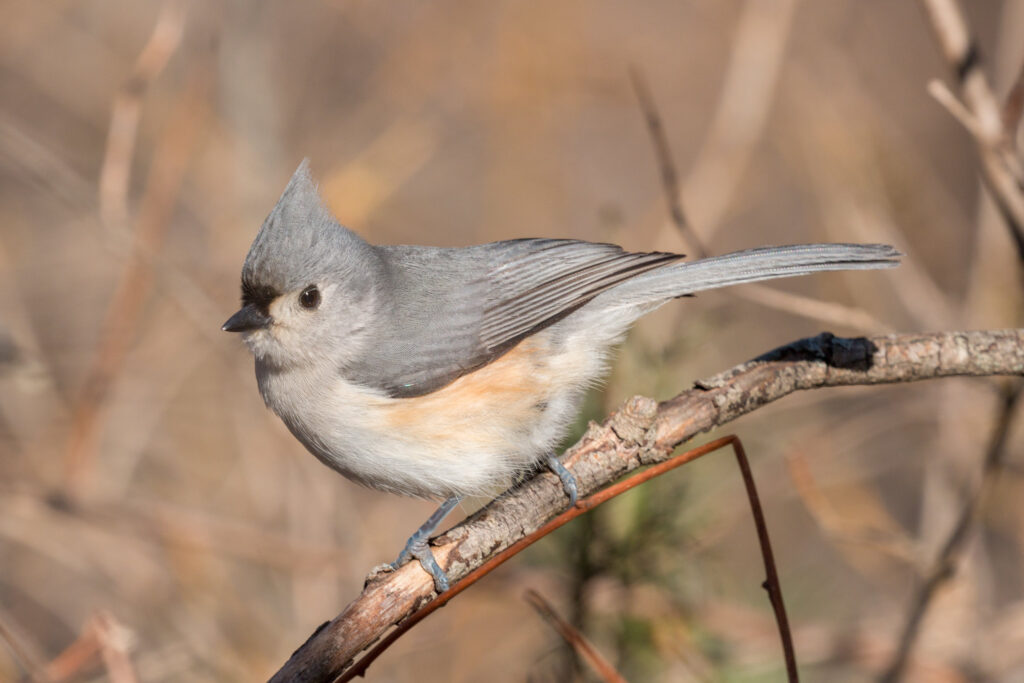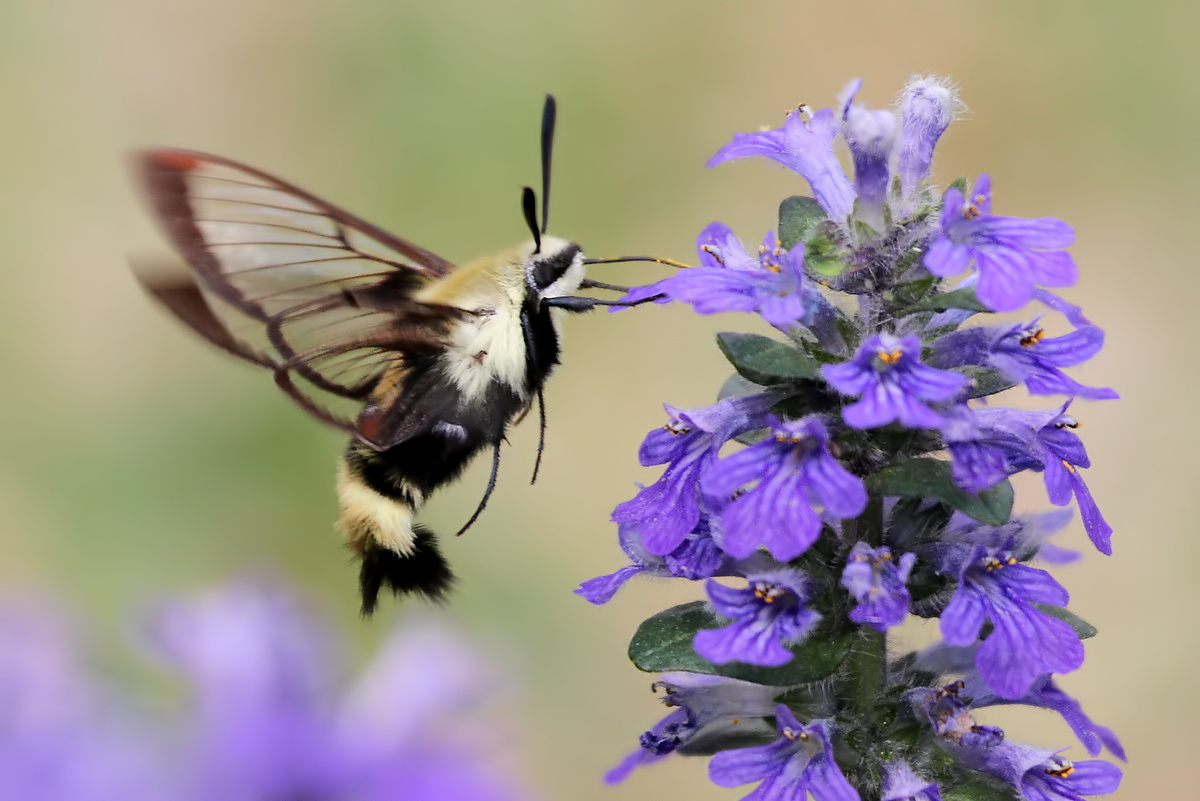Each morning my yard is gripped by frost as winter descends upon Indiana. During these colder months, sitting in front of my window watching my bird feeder is a favorite pastime.
Clasping a steaming cup of coffee, my fingers stay warm as I watch the brown, blue, red, and yellow birds flit to and fro. Sometimes, they move quickly in a flash of feathers. Other times they hop along the ground long enough for me to identify them.
While many birds migrate south to warmer climates in the winter, there are also plenty that stick around. These are the birds at my birdfeeder. Let’s get to know them!
The easiest one for me to identify is the Northern Cardinal. It is an iconic and beloved bird– the official State Bird in seven states, including Indiana. It is easily recognizable by its dazzling red plumage and distinctive crest. In the winter, the crimson color is a cheery pop against an otherwise muted landscape.
Cardinals are social birds and can be seen in pairs or small groups. Females are distinguished from males because they have tan coloring, rather than being ubiquitously red, and have a nearly neon orange beak.
The Northern Cardinal’s diet includes seeds, fruits, and insects, but mostly seeds in the winter. Their preferred habitat is forests and woodlands, but they can often be seen in suburban areas. They need dense shrubs to build their nests. Adding native shrubs like Serviceberry or Flowering Dogwood will attract them by providing both fruit and shelter.
Another bird that is easy to identify is the distinctive American Goldfinch which adds a splash of color to my dormant winter garden. These are social birds and can be seen in flocks during the winter. Other than their bright yellow color, they are known for their acrobatic feats. They are skilled at eating seeds, even hanging upside-down from plant stems to reach them.
American Goldfinches primarily eat seeds, especially sunflower and thistle. Adding those plants and others that have amble seeds, like coneflowers, will create an inviting habitat with plenty of food.
Also acrobatic, and known for its ability to climb up and down trees headfirst, is the White-breasted Nuthatch. These small, blue birds have a white breast and long, sharp beak. They use their bill to search for insects hidden within the folds of bark. In the winter, they also eat seeds and nuts.
These birds prefer forests but can be seen in urban areas that have plenty of mature trees. Caring for a tree into maturity is a sure way to attract White-breasted Nuthatches over time.
A little less colorful, but no less lively, is the Tufted Titmouse. It is a small gray bird with large black eyes and a bushy crest. These are social birds, seen mixing with other birds in multi-species foraging flocks. The Tufted Titmouse has a unique behavior of holding a seed between its feet and using its stout beak to break it open.
These birds are cavity-nesters but do not create their own holes. Including a nesting box for breeding and raising young will attract them.
Also sporting a slate color is the Dark-eyed Junco. While there are some regional variations, the Dark-eyed Junco in Indiana is a dark grey with a pink bill and white outer tail feathers. They can be seen hopping in open areas in search of seeds. Dark-eyed Juncos are primarily ground foragers. Planting low-growing vegetation that is easy hide in to avoid predators is key to attracting them.
I love my birdfeeders. But the best birdfeeder can be your lawn and garden. Planting native plants of varying heights and fruits will bring a wide variety of birds, creating lively and cheerful scenes year-round. As for my own backyard birding, I can’t wait to meet more characters as they forage on my feeders and in my garden this winter.
Photo credit: Tufted Titmouse by Tim Sackton
Kelley V. Phillips is the Communications & Outreach Manager for Red-tail Land Conservancy. She strives to cultivate wonder in nature and action to protect it.




